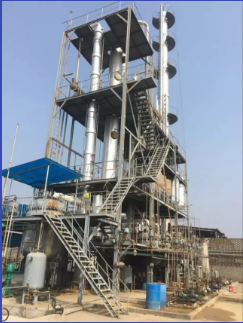Production of Methyl Acetate
Today we will introduce some methods of Methyl Acetate Production and Methyl Acetate Production Process.
Methyl acetate, moreover retaining its usefulness in solvent software, is gaining significance as an intermediate in the production of other products that are valuable. Owing to its unfavourable physical properties (viz. Composition of azeotropes and solubility in water) pure methyl acetate containing low concentrations of methanol and water is not readily obtainable using conventional processes. A conventional esterification procedure which might be utilized for its creation of methyl acetate comprises the addition of a feed mixture containing extra methanol and acetic acid into an esterifier containing aqueous acetic acid and a solid acid catalyst (e.g. toluene-para-sulphonic acid) under reflux conditions. A mixture of methyl acetate, reaction water and the excess methanol is taken overhead as a distillate product. A typical ester distillate product obtained by use of a 2:1 molar ratio feed of methanol:acetic acid should theoretically comprise 59.9percent w/w methyl acetate, 26X w/w methanol and 14.5% w/w water. Conventionally purification of such a crude ester distillate is effected at a multi-stage procedure which typically incorporates hydroselection (for removal of methanol) and azeotropic drying (for elimination of water). Additional distillation measures are required to recover methanol from the hydroselection base Merchandise and methyl acetate in the decanter water phase/entrainer for recycle.

评论
发表评论